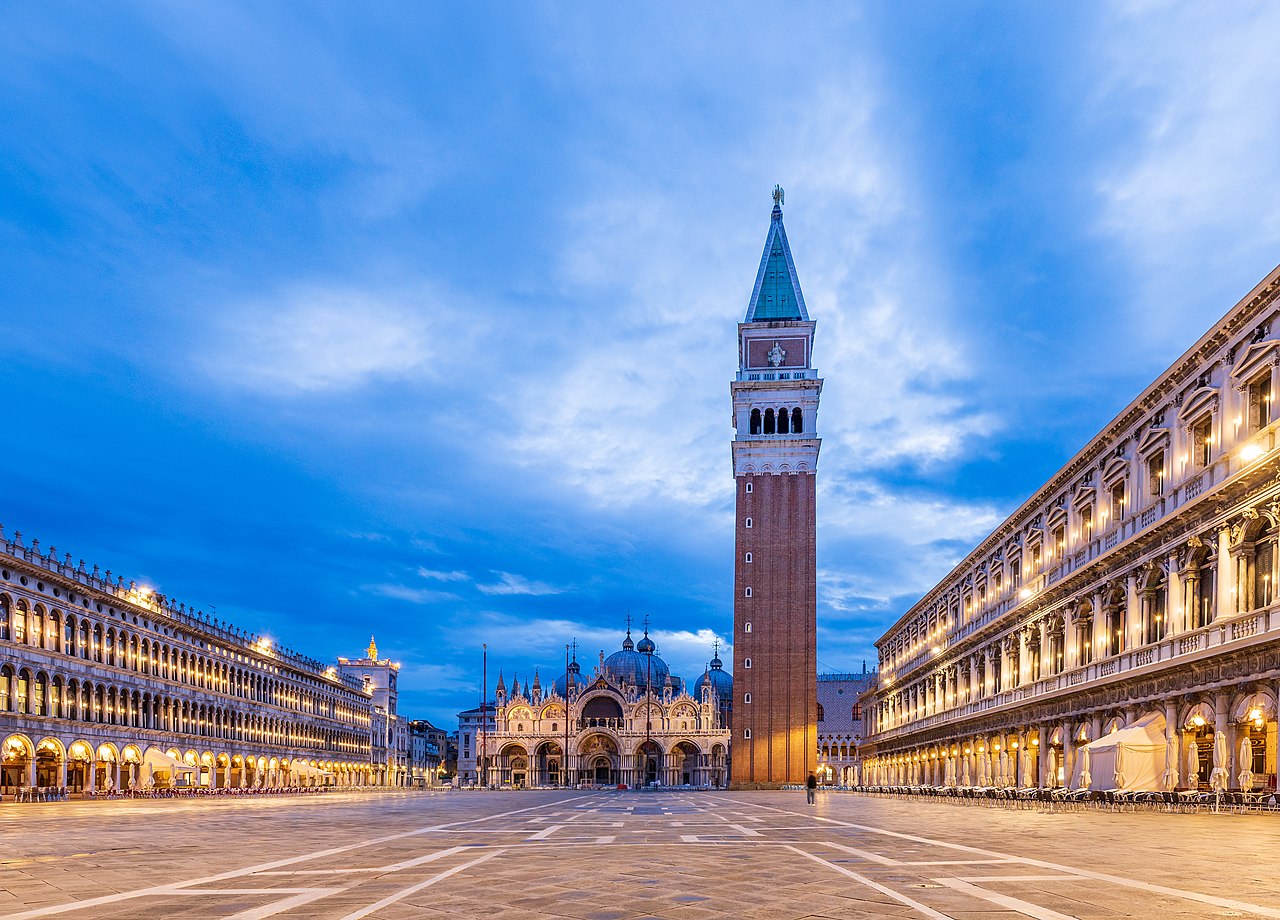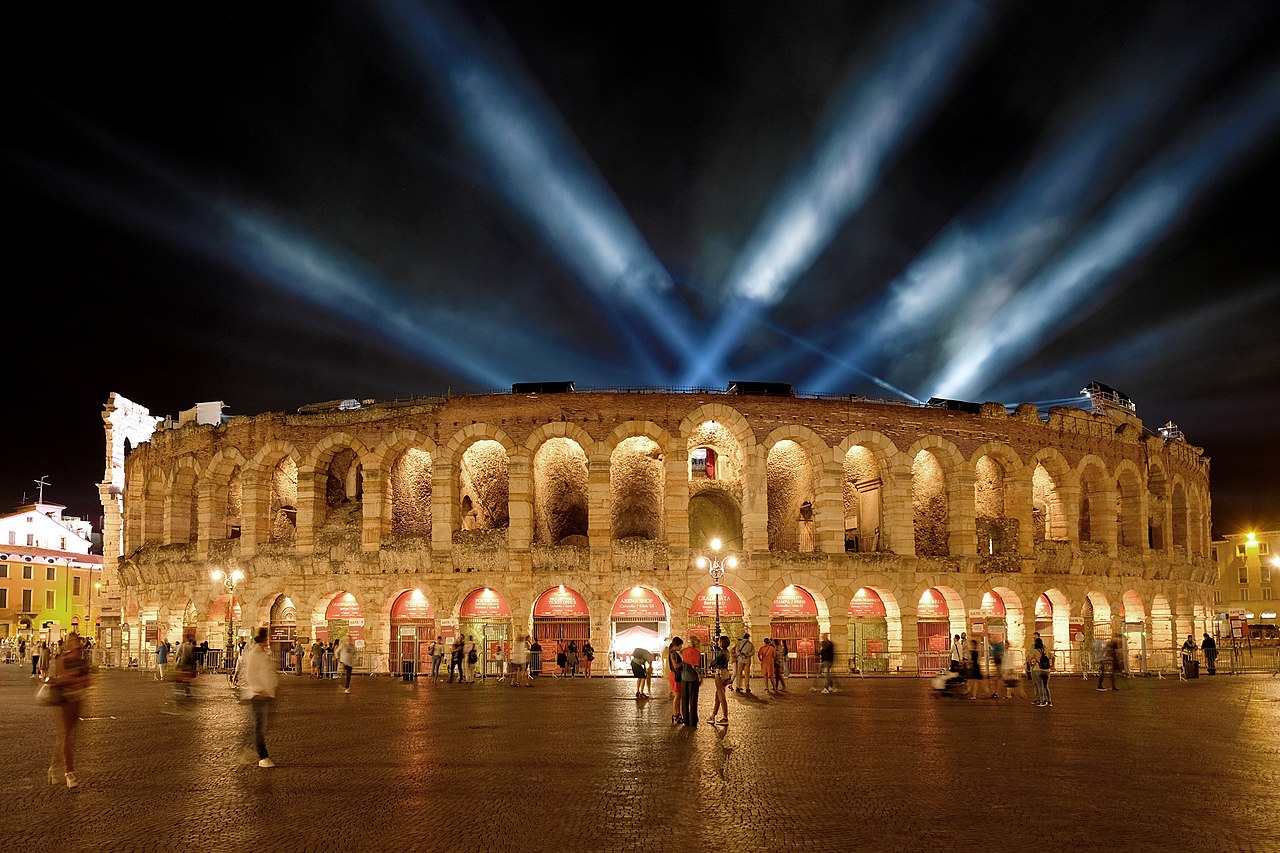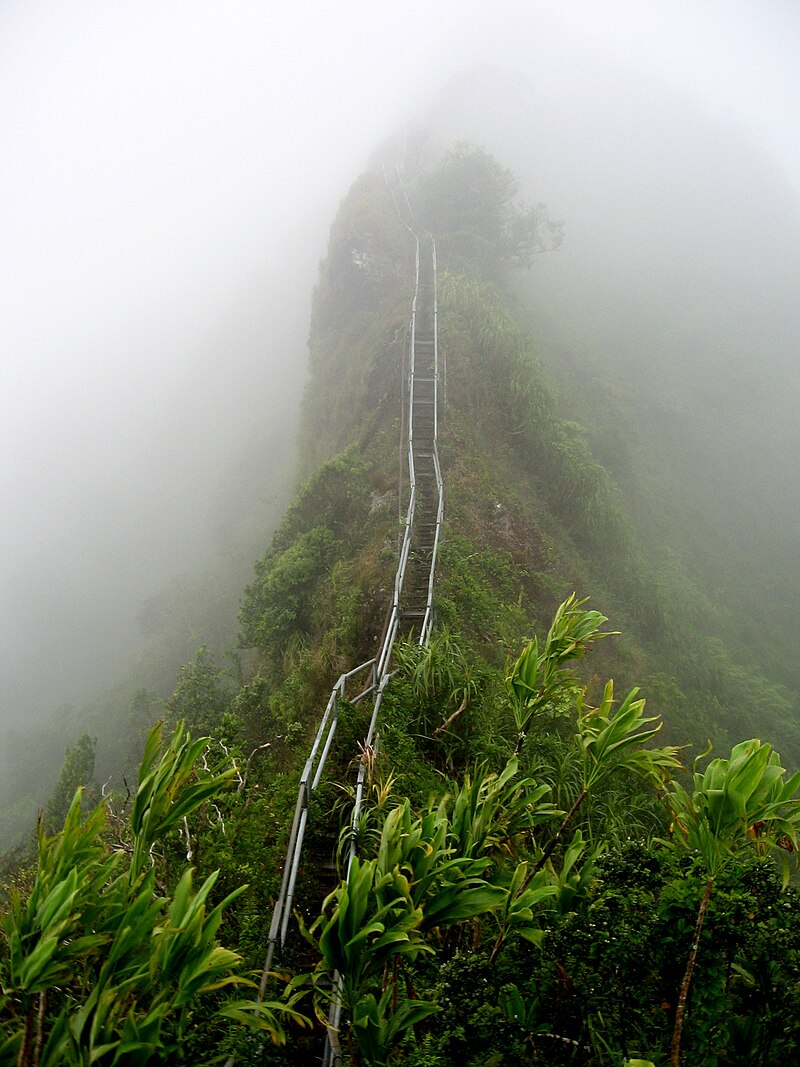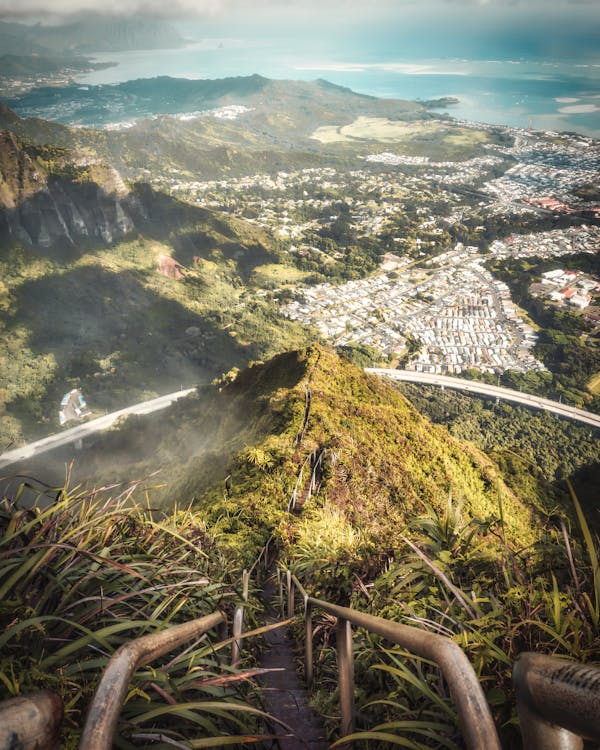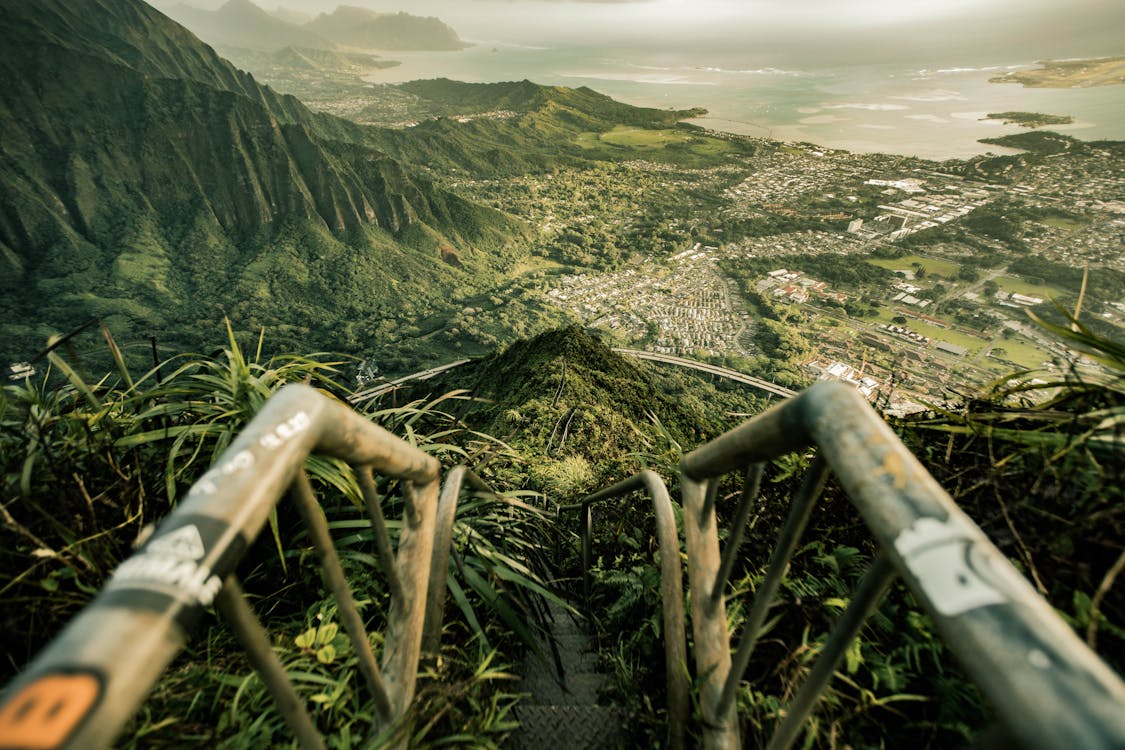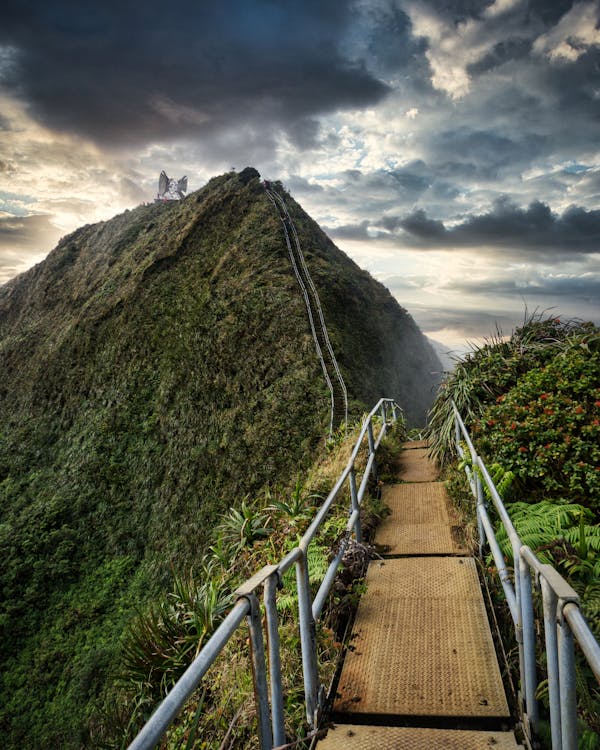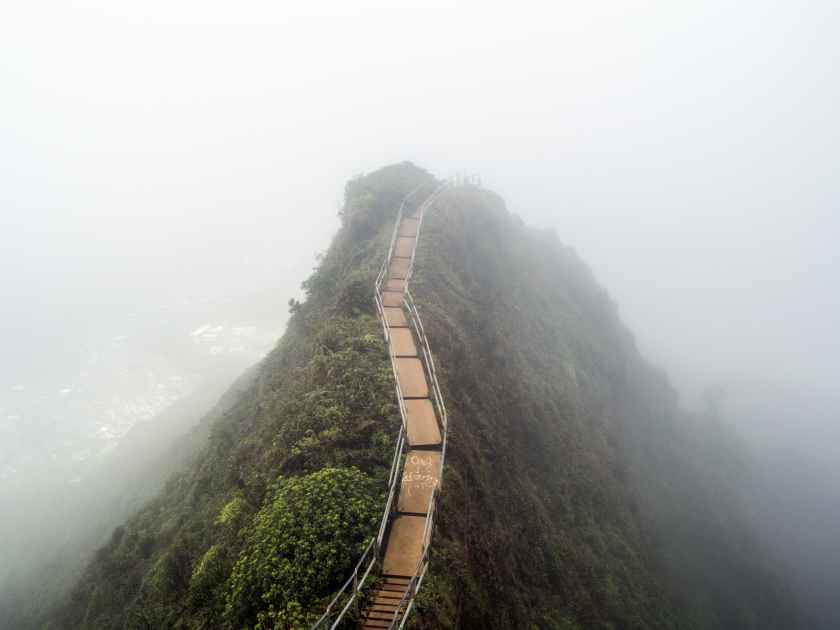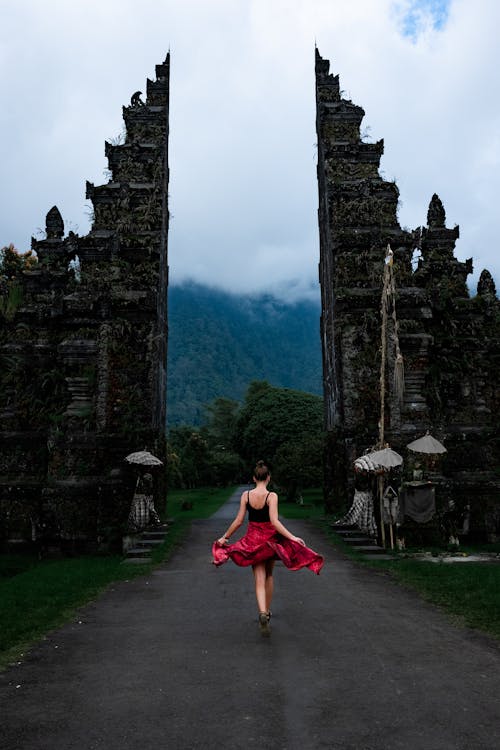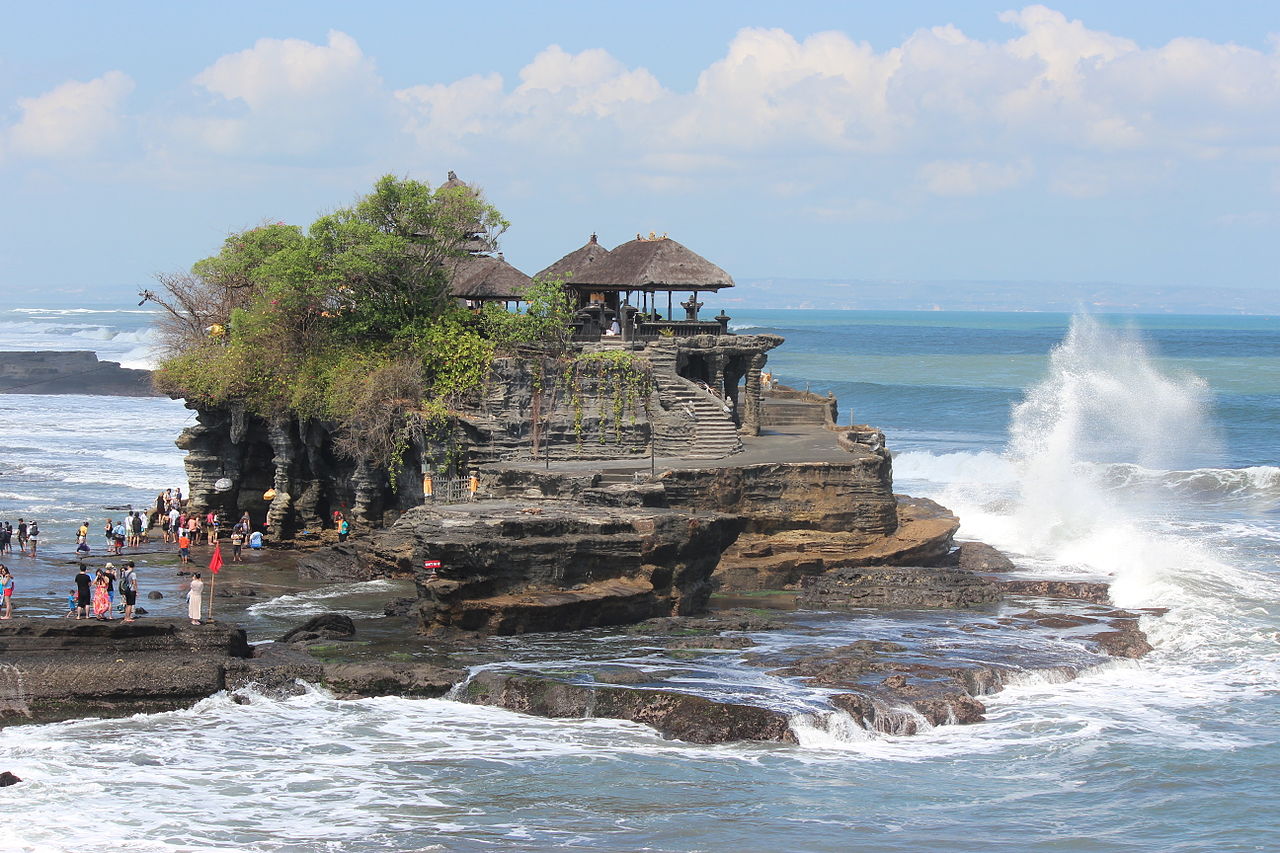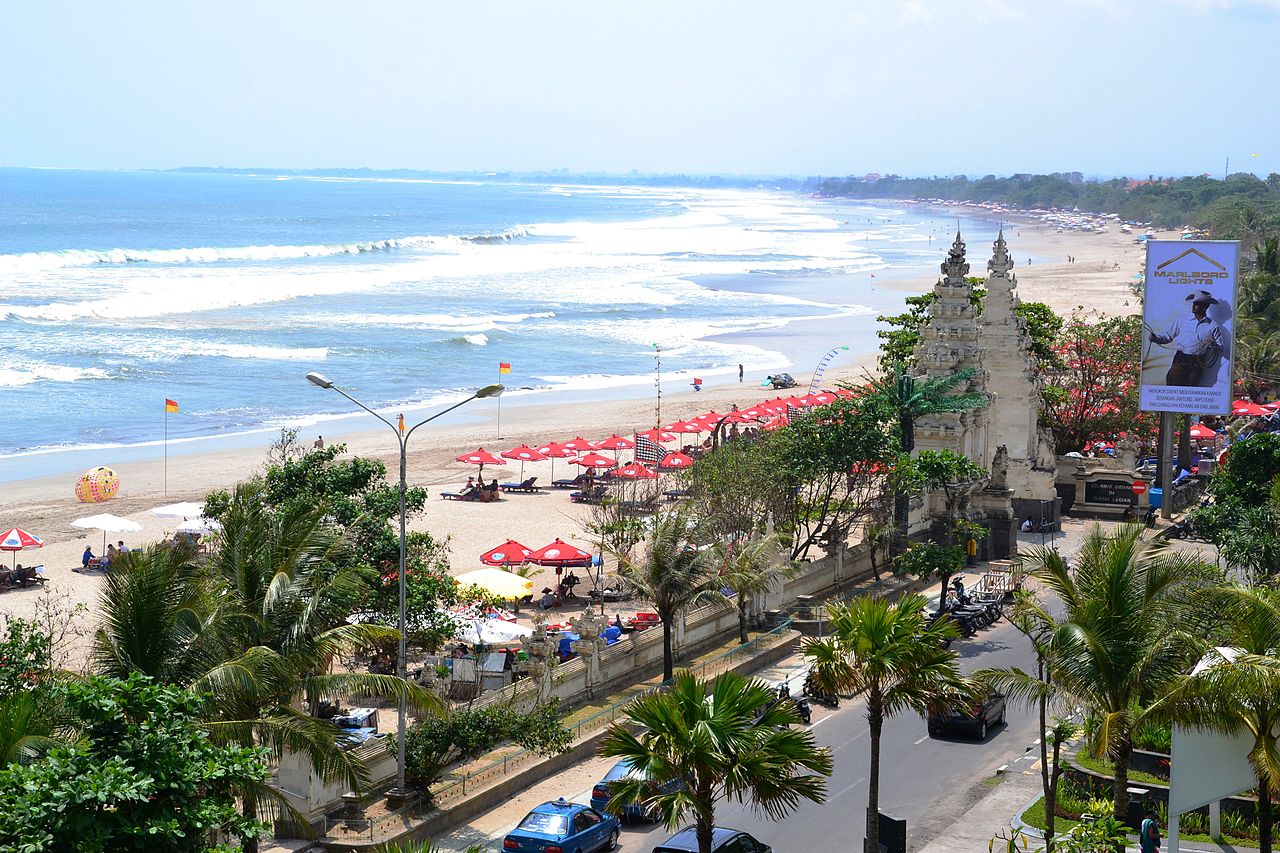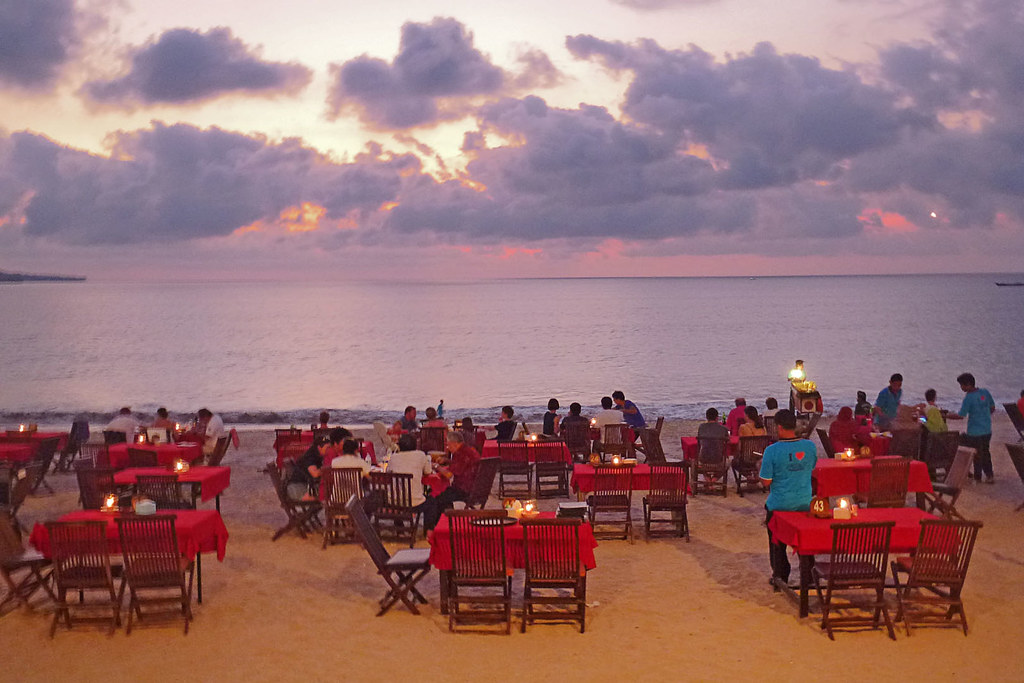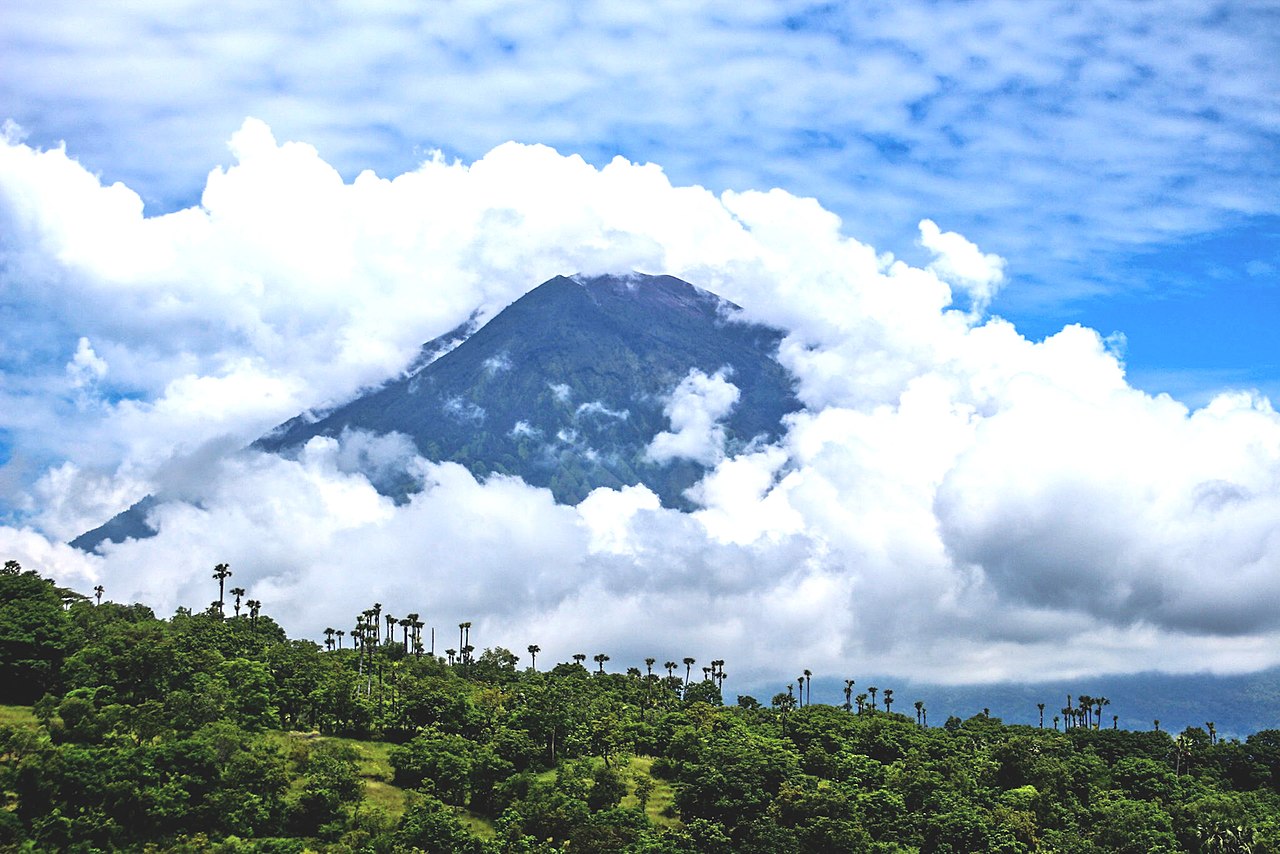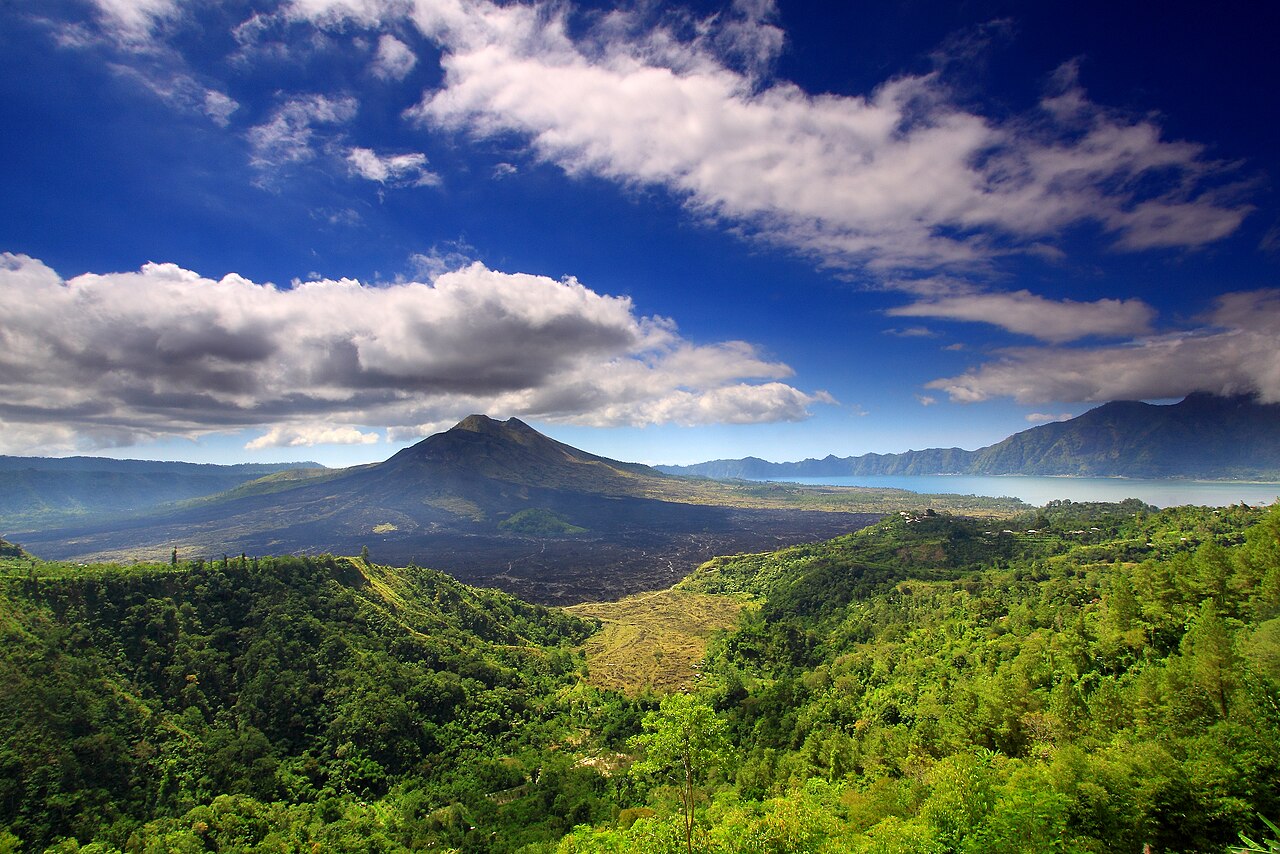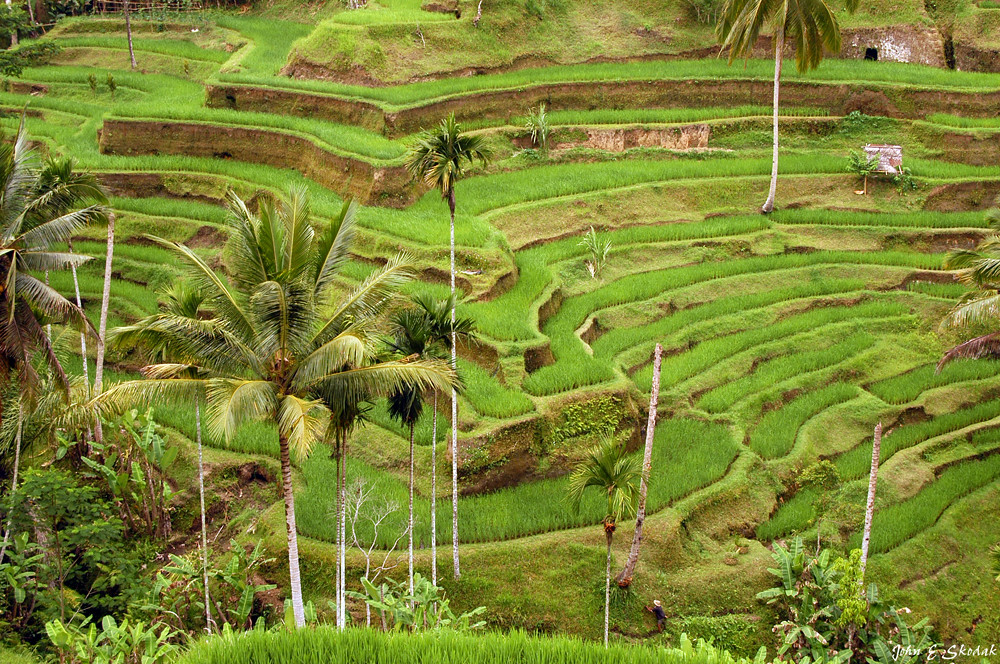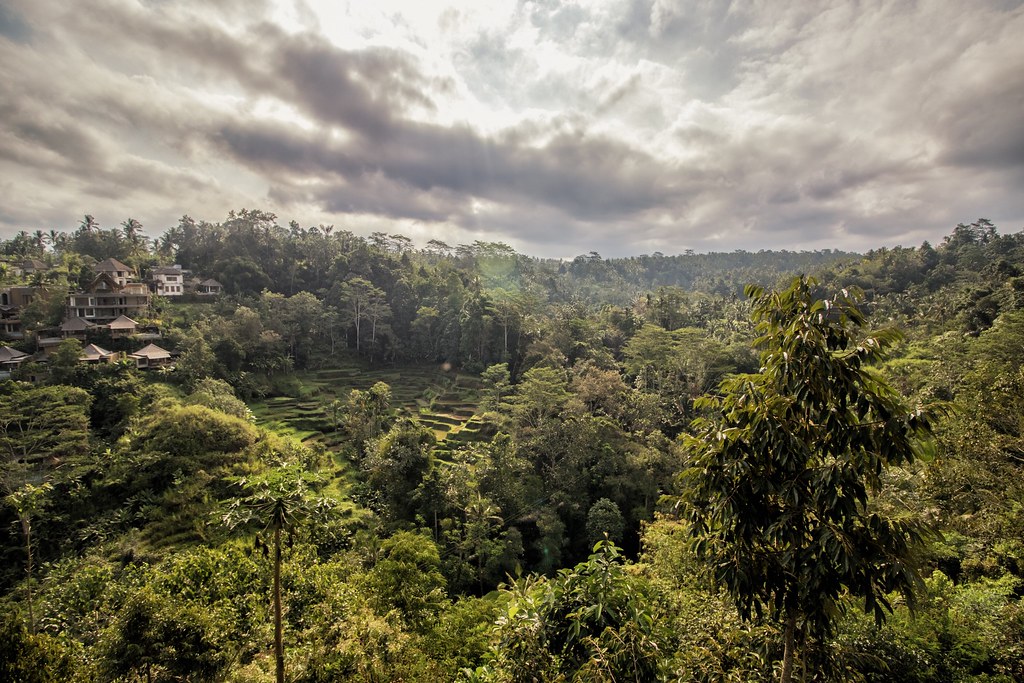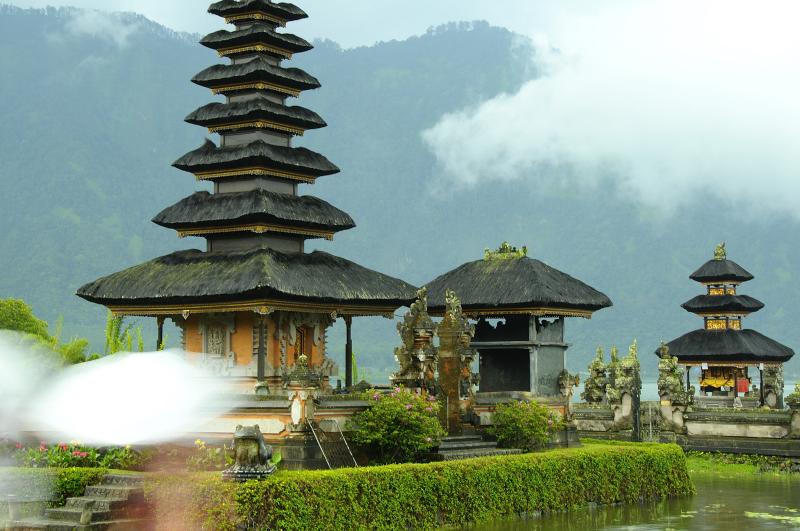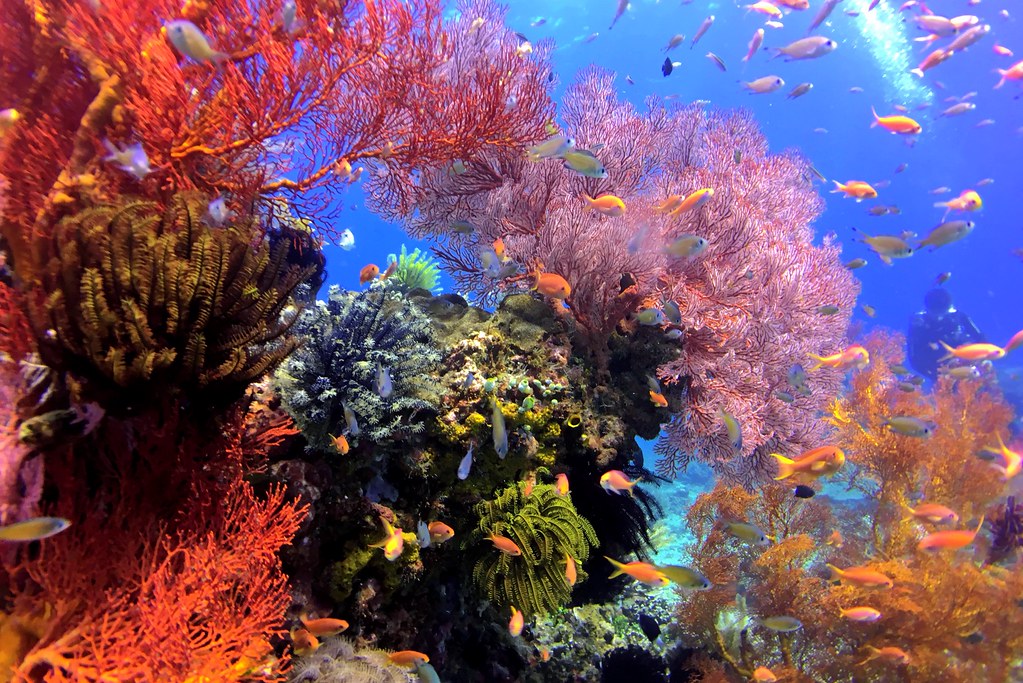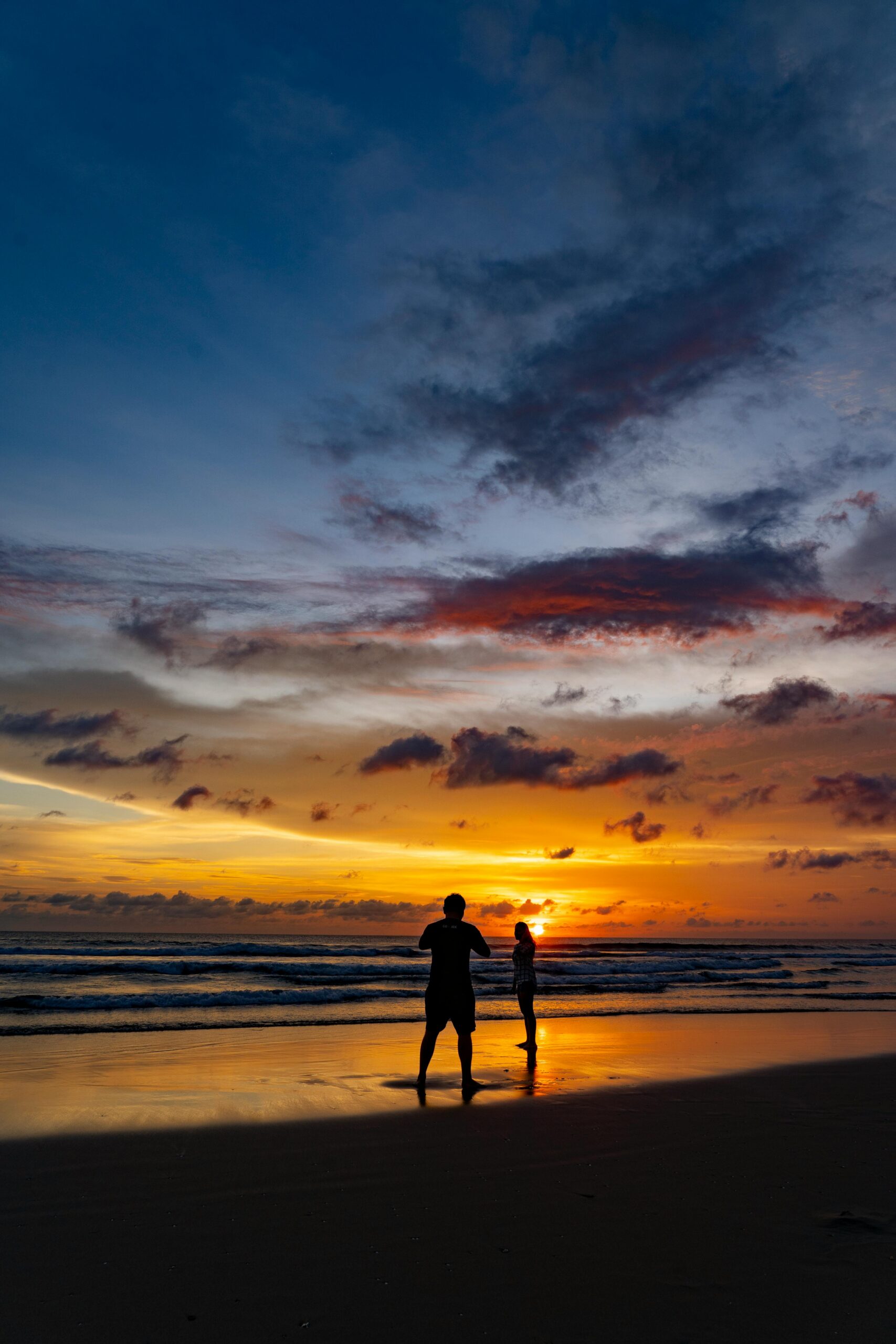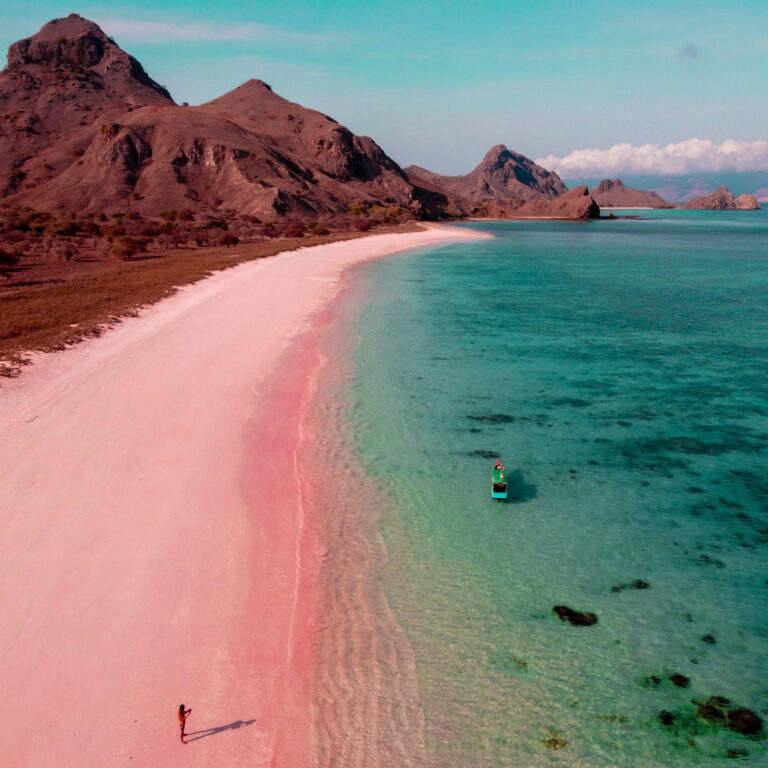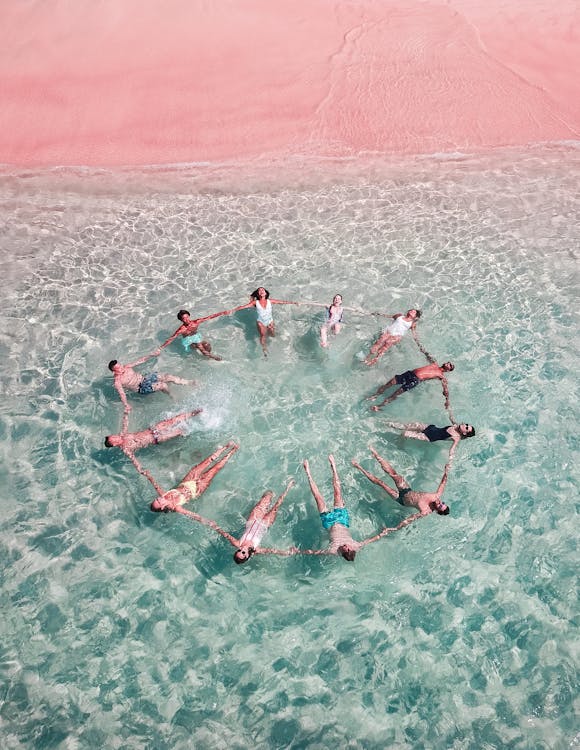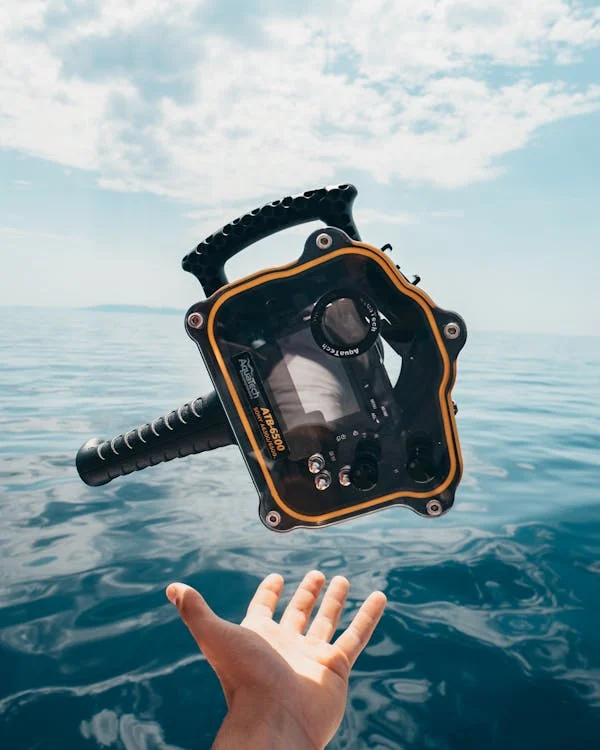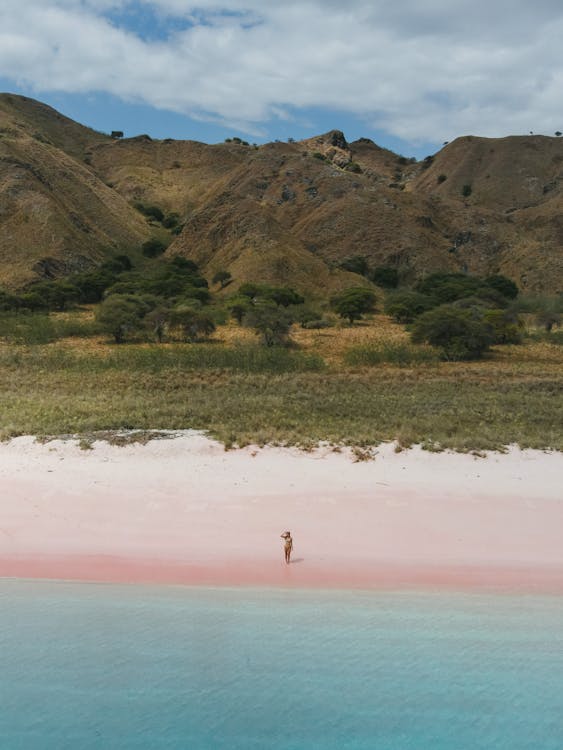Basketball is a fast-paced, dynamic sport that demands strategy, skill, and athleticism. Among the several components that contribute to the game’s excitement, rebounding stands out as a vital factor that can decide the fate of a game. Rebounding is the act of collecting the ball following a missed shot attempt, allowing teams to either maintain possession or transition to offense. It is more than just grasping the ball; it is about positioning, time, and effort, making it a technique that requires both physical and cerebral strength. This game component is critical, whether it’s snagging an offensive rebound to provide a second-chance opportunity or securing a defensive rebound to stop the opponent’s scoring attempt.
Understanding the value of rebounding extends beyond the court; it provides insight into the strategic depth of basketball. The ability to dominate the boards frequently translates into control of the game’s tempo and flow. Teams that thrive in rebounding can irritate their opponents, create more scoring opportunities, and successfully shut down opposition plays. This article looks into the subject of rebounding, discussing the numerous varieties, the tactics that make players good rebounders, and why learning this fundamental talent is critical for both teams and individual players. Whether you’re a player looking to develop or a viewer wanting to understand the nuances of the game, this book will throw light on one of basketball’s most important aspects. You can also check out our Emiliano Martinez injury update for more sports-related insights.
Types of Rebounds
Rebounds occur when a player retrieves the ball following a missed shot attempt. There are two major sorts of rebounds:
1. Offensive rebound
 An offensive rebound occurs when a member of the shooting team retrieves the ball following a missed field goal or free throw. This provides the offensive team with another opportunity to score while retaining possession and putting pressure on the defense.
An offensive rebound occurs when a member of the shooting team retrieves the ball following a missed field goal or free throw. This provides the offensive team with another opportunity to score while retaining possession and putting pressure on the defense.
Example: A missed three-pointer is grabbed by the shooting team’s forward, resulting in a second-chance layup.
Impact: Offensive rebounds can shift the momentum of a game by creating more scoring opportunities and irritating the opposition defense.
2. Defensive rebound

A defensive rebound happens when a defending player retrieves the ball after the other team misses a shot. It enables the defense to convert into attack and maybe set up a fast break.
For example, a missed jump shot is grabbed by the defending team’s center, causing a counterattack.
Impact: Defensive rebounds are crucial for limiting the opposition team’s scoring opportunities and establishing the tempo for your squad.
Techniques for Rebound
Mastering the art of rebounding demands a combination of talent, strategy, and physical prowess. Here are some basic techniques:
- Positioning: Always place yourself between your opponent and the hoop. This gives you the best chance to get the rebound by boxing out the opposing player.
- Boxing Out is the essential technique for grabbing rebounds. When a shot is attempted, turn your back to the basket and use your body to create space between you and the opponent. To maintain balance and prevent your opponent from reaching the ball, keep your arms extended and your legs open.
- Anticipating the Shot: To improve your rebounding, watch the ball’s trajectory and anticipate where it will land. Knowing if the shot is a miss and how it will bounce off the rim might offer you an advantage in placement.
- Timing: The key to rebounding is timing your jump. Wait for the ball to fall down before jumping. Jumping too early or too late can allow your opponent to catch the rebound.
- Strong Hands: Strong hands are required to secure the ball once you’ve jumped for it. Squeeze the ball tightly as you grab it to keep it from slipping away or being whacked by an opponent.
- Pursuing the Ball: After a missed shot, always be prepared to chase down the rebound. The ball may bounce unpredictably, so stay aware and ready to react fast in any direction.
- Dribbling After the Rebound: Once you’ve secured a defensive rebound, take a minute to examine the situation. If you’re close to the hoop, you can attempt a putback or swiftly throw the ball to a teammate to transition into offense.
- Reading the Rim: Different sorts of shots leave the rim in various ways. A long shot usually bounces farther, whereas a short shot stays closer to the hoop. Understanding how different shots react off the rim can help you position yourself for rebounds.
- Use Your Body: Don’t rely solely on jumping to get rebounds. To create space, push opponents away, maintain your arms extended to defend the ball, and stay.
Skills Required for Effective Rebounding
Successful rebounding necessitates a combination of physical and mental characteristics.
1. Strength and physicality
Rebounding frequently requires physical contact. A powerful upper body allows athletes to stand their ground and control the ball.
2. Awareness and Decision
Effective rebounding requires quick decision-making on ball placement and blocking.
3. Agility and Jumping Ability
Being nimble allows players to go around opponents, and superior jumping ability allows them to reach higher for the ball.
Rebounding Statistics
Rebounds are methodically documented in basketball statistics. These statistics demonstrate a player’s ability to dominate the boards and contribute to their team’s success.
Famous NBA rebounders
- Dennis Rodman: Known as “The Worm,” Rodman was a rebounding monster who led the NBA in rebounds per game for seven straight years.
- Wilt Chamberlain has the record for most rebounds in a single game (55).
- Bill Russell was a defensive rebounding specialist who guided the Boston Celtics to numerous championships.
Famous WNBA rebounders
- Lisa Leslie: Leslie was a strong force in the paint, consistently leading the league in rebounding during her career.
- Sylvia Fowles, known for her remarkable strength and positioning, is one of the WNBA’s all-time leading rebounders.
Famous Rebounding Moments in Basketball History.
Rebounds have been the deciding factor in many classic basketball games.
- LeBron James (2016 NBA Finals Game 7): In the waning minutes, LeBron’s key defensive rebound helped the Cleveland Cavaliers win their first NBA championship.
- Larry Bird (1987 Eastern Conference Finals): Bird’s crucial rebound and pass to Dennis Johnson resulted in a game-winning basket, pushing the Celtics to victory.
- Dennis Rodman (1996 NBA Finals Game 4): Rodman got 14 rebounds and helped the Chicago Bulls defeat the Seattle SuperSonics.
- Kareem Abdul-Jabbar (1985 NBA Finals): Kareem’s outstanding rebounding performance helped the Los Angeles Lakers defeat the Boston Celtics and win the championship.
- Kevin Durant (2017 NBA Finals Game 3): Durant collected a critical rebound and putback to help the Golden State Warriors win the Finals.
- Wilt Chamberlain (1960 NBA Season): Chamberlain recorded an incredible 55 rebounds in a single game, cementing his rebounding history.
- Bill Russell (1962 NBA Finals Game 7): With 30 rebounds, Russell helped the Boston Celtics win the NBA Finals over the Los Angeles Lakers.
- Tim Duncan (2003 NBA Finals Game 6): Duncan’s crucial rebound and putback in the dying seconds propelled the Spurs to their second championship.
- Joakim Noah (2011 NBA Playoffs Game 5): Noah’s offensive rebound and putback clinched the Chicago Bulls’ victory over the Atlanta Hawks.
- LeBron James (2016 NBA Finals Game 7 Block and Rebound): Following his historic block, LeBron grabbed a crucial rebound and assist to help the Cavaliers win the championship.
These moments demonstrate how rebounds can alter the course of a game and leave fans with amazing memories.
Training Tips for Rebounding
To improve their rebounding skills, players should focus on specific drills and exercises:
- Drills include rebounding simulation, where a coach or teammate intentionally misses shots to practice boxing out and securing the ball.
- Jumping drills: Use plyometric exercises to improve your vertical leap.
- Two-on-Two Rebounding: Practice rebounding in a game-like setting to enhance your positioning and timing.
- Strength training techniques such as squats, deadlifts, and bench presses can help improve physical strength required for rebounding.
- Agility Training
Ladder drills and cone drills can improve your footwork, making it simpler to get into the best rebounding positions.
Why Rebounding Is Crucial
- Possession: Teams that dominate rebounds have control over the ball and may set the speed of the game.
- Second-Chance Opportunities: Offensive rebounds increase scoring opportunities, placing pressure on the defense.
- Limits Opponent Scoring: Defensive rebounds interrupt opponents’ possessions and prevent second-chance points.
- Puts pressure on defense: Consistent offensive rebounding makes defenders work harder, resulting in easy scoring opportunities.
- Facilitates Fast Breaks: Rebounds allow teams to rapidly transition to attack, surprising the defense.
- Sets the Game. Tempo: Strong rebounding teams have influence over the game’s pace, which can be slowed or increased.
- Limits Opponent Shots: Getting more rebounds limits the opponent’s scoring potential by preventing extra shots.
- Boosts Team Morale: Dominating the boards builds confidence and team spirit.
- Prevents Second-Chance Points: Effective rebounding restricts the opposition team’s ability to score on missed shots.
- Keeps Defenders on Edge: Offensive rebounds exhaust defenders, requiring them to remain alert and work harder.
- Creates Scoring Opportunities: Rebounds frequently result in easy putbacks or fouls, which lead to free throws.
- Improves Overall squad Performance: A strong rebounding squad performs better on both offense and defense.
- Maximizes Efficiency: More rebounds result in more possessions and scoring opportunities, increasing offensive efficiency.
Rebounding is essential in determining the outcome of a game. Teams who thrive at rebounding frequently have more scoring opportunities and have greater success on both sides of the court. Controlling the boards, whether it’s a key defensive rebound or an important offensive rebound for a second-chance basket, is critical for winning games.
To summarize, rebounding is much more than simply grabbing a ball; it requires positioning, timing, and unwavering effort. Whether you’re a player wanting to elevate your game or a basketball fan who wants to learn the intricacies, learning the art of rebounding may improve both your performance and the outcome of the game. Remember, every rebound is an opportunity to make a difference, whether it’s converting an attacking second chance or stopping your opponent’s attack. So get out there, practice these skills, and transform yourself into the rebounding machine your team requires. Keep hustling and improving, and those boards will become your domain!
Are you ready to step up your game even further? Stay tuned for more professional tips and insights right here on QuickNewsFeed.com














